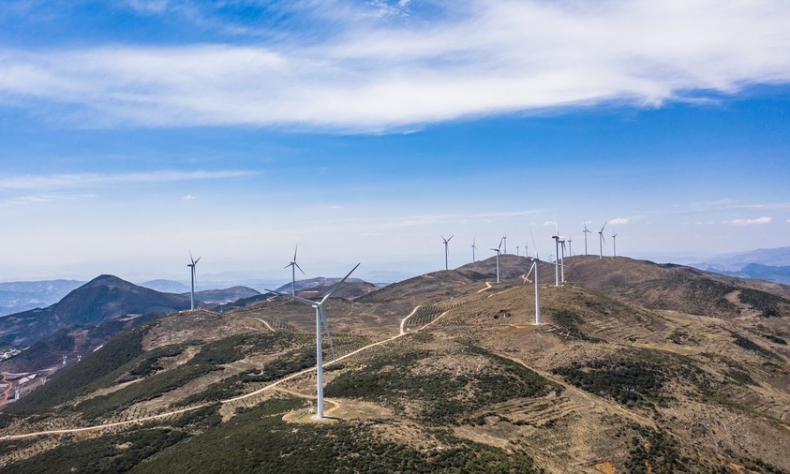Cleaner, Greener and Closer

Sharing of experience and knowledge promises to bring great benefit both to China and to Europe. Despite global challenges, EU-China environmental cooperation remains strong, and is likely to continue.
The ecological environment and the climate are global commons. This is one area where cooperation across borders provides unmitigated benefits.
When President Xi Jinping announced China’s 2060 carbon neutrality target, it marked an important milestone in the country’s efforts toward “constructing an ecological civilization,” a concept elevated to the level of the Constitution in 2018. This commitment is especially important in the context of the increasing frequency and severity of severe weather events, such as the floods in Henan Province in 2021.
The EU and China have been engaging deeply on issues of shared environmental interest for many years. The EU-China Environment Project, for example, is a project funded by the European Union since 2018, and is a cooperative program of engagement between China’s Ministry of Ecology and Environment and the EU’s Directorate-General for Environment. The project has been supporting research and dialogue on a wide range of environmental topics. Most recently the two sides have agreed to jointly study best practice in two areas: green loans and transport emissions.
In the area of green finance, China has made remarkable progress in mobilizing private capital in pollution control, ecological protection and restoration, and mitigating climate change. Identifying suitable green projects that should be financed is crucial to China’s economic transformation and green development. However there remains a funding gap for environmental protection, reducing pollution and going carbon neutral. Tasked with securing economic growth and achieving carbon neutrality, the Central Government is planning to tap the potential of green loans to provide adequate funds for green projects around the country.

European and Chinese experts will work together to build on the experience of the EU in leveraging private capital for green transformation. This work will build on the EU classification system, which establishes a list of environmentally sustainable economic activities. It will help the EU scale up sustainable investment and implement the European Green Deal, the EU’s own plan for achieving carbon neutrality. The EU system is intended to provide companies, investors and policymakers with definitions for which economic activities can be considered environmentally sustainable. It should create security for investors, prevent greenwashing, help companies become more climate-friendly, and help shift investments where they are most needed.
With robust green loan standards in place in China, the banking sector here will also be able to identify green economic activities and attract funds for green projects. There are already a range of preliminary green loan guidelines in China, however by cooperating with the EU, China will be able to align its standards for green products and green loans with international ones.
Another area of cooperation lies in coordinating efforts on air pollution and greenhouse gases (GHGs). The 14th Five Year Plan (2021-25) period will be critical for China in achieving its goals. The transport sector is a key element in these efforts. President Xi recently proposed the promotion of actions that reduce pollution and GHG emissions in synergy in key sectors including transport, and called for a greener transport system.
In China, air pollutants and GHG emissions from the transport sector account for a large share of the total and will continue to face upward pressure as the economy develops. An integrated instrument to control air pollutant emission and GHG emission is missing – in terms of specific targets. Key areas for green transport development in the future include promoting low-carbon transition of vehicles and their energy sources; building a green, efficient and smart transport system and speeding up green infrastructure for low- and zero-emission transport.
All of these efforts will require comprehensive and integrated policy tools to ensure coordinated arrangements. Therefore, sharing of experience and knowledge promises to bring great benefit both to China and to Europe. Despite global challenges, EU-China environmental cooperation remains strong, and is likely to continue.
The author is an Energy and Climate Specialist at ClientEarth with 10 years’ experience in the sector in China, including five years on China-EU climate projects.
 Facebook
Facebook
 Twitter
Twitter
 Linkedin
Linkedin
 Google +
Google +










